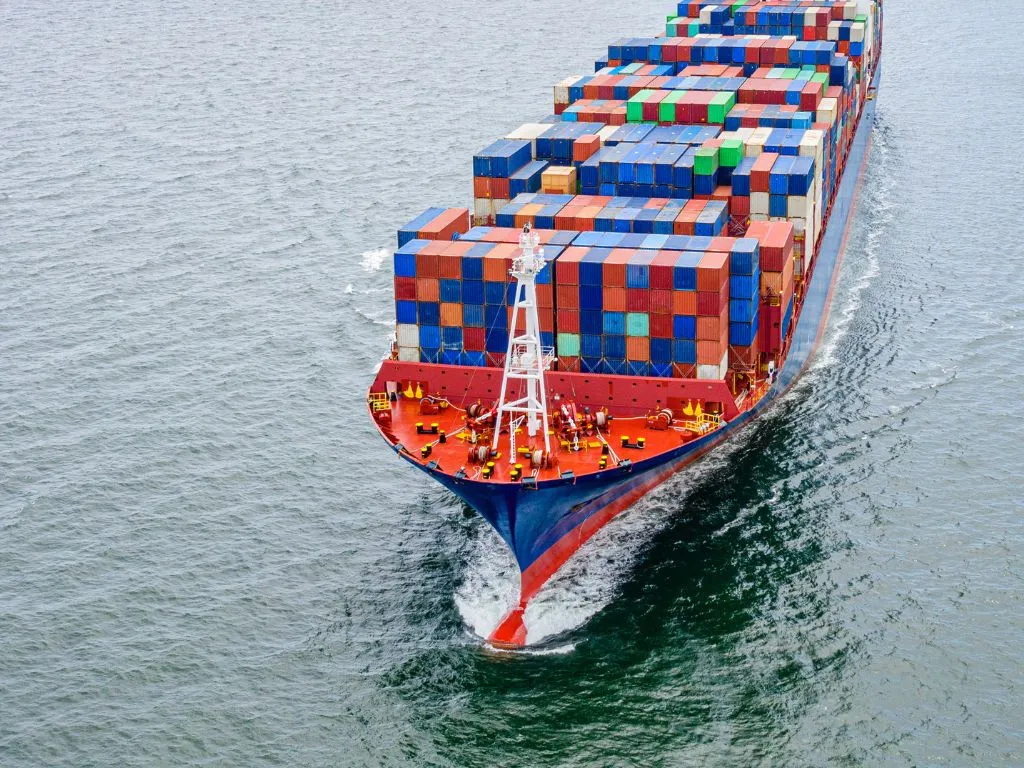News Details

New proposal on the Transportation of Dangerous Goods Regulations TDGR.
The Transport department of Canada has announced that they are planning to pass a proposal to the Transportation of Dangerous Goods Regulations (TDGR). This proposal would align the Canadian regulation with international trade and would focus on improving and reducing Canada’s technical standards and regulatory burdens with transport to and from the United States of America.
The following updates and suggestions would be added to this proposal to TDGR:
- the UN Model Regulations
- the International Maritime Dangerous Goods Code (IMDG Code)
- the International Civil Aviation Organization (ICAO) Technical Instructions for the Safe Transport of Dangerous Goods by Air
- Title 49 of the US Code of Federal Regulations (49 CFR)
Moreover, this proposal would allow the consignors to export their goods internationally without needing 270 equivalency certificates (ECs) related to international shipping and 394 ECs for the transporting of dangerous goods by air and eliminate the need to apply for an EC for exemptions to the TDGR.
During the past years there have been numerous changes to the UN classifications, however, the TDGR has not been updated since 2001. Due to this lack of update in the TDGR, the Canadian exporters have been forced to create two shipping documents for their international shipments. Thus, this proposal would update the TDGR classification system and would bring it to the newest UN update. It should, however, be noted that explosives and radioactive materials will not be covered by this proposal because the Canadian government has an existing domestic regulation covering these substances.
The TDGR will also align with the special provisions in the Model Regulations. These include provisions relating to:
- Transportation of lithium batteries
- Communication for hazardous substances
- Requirements for safety marks
- Ban on extremely dangerous substances
- Exemptions for low-risk substances.
Furthermore, this proposal would add a special provision from the IMDG Code to the TDGR which would exempt the transport of vehicles by vessel.
Based on the 49 CFR regulations, certain exemptions exist when transporting goods to Canada, however, not all of them are reciprocated in the TDGR. This proposal would make the process for goods being shipped to the United States following 49 CFR, which in return would reduce cost and would reduce any delays and administrative issues.
Another aspect that this proposal is focusing on is the transport of goods via air. This proposal would add additional domestic provisions to section 12 of the TDGR, adding further technical instructions besides the ICAO instructions. The previous update on section 12 of the TDGR goes back to 2008. It is intended to define limited access as “a location to which there is no year-round access by a mode of transport other than air” and allows the use of large aircrafts. Furthermore, this proposal aims to remove the need for dedicated response aircrafts in the event of an emergency, allowing the first responders in remote areas to act faster.
The deadline for public comments on the proposal is 9 February 2023. The regulations would come into force when the proposal is published in the Canada Gazette, Part II, with a six-month transition period.
We acknowledge that the above information has been compiled from Transport departement of Canada.


